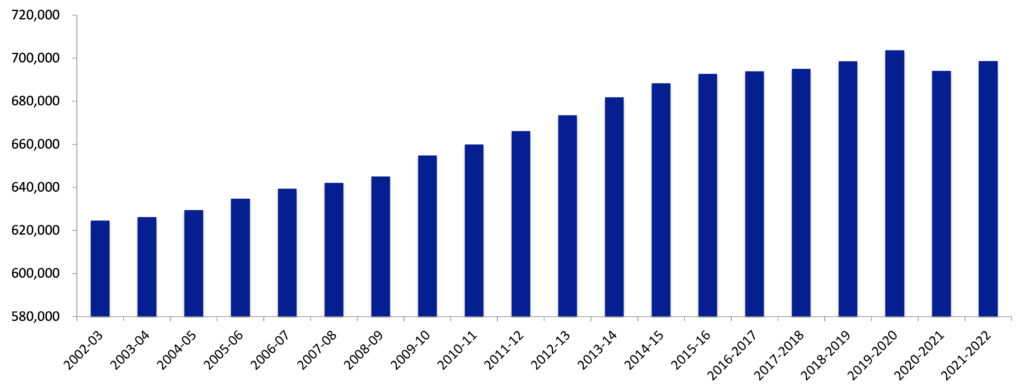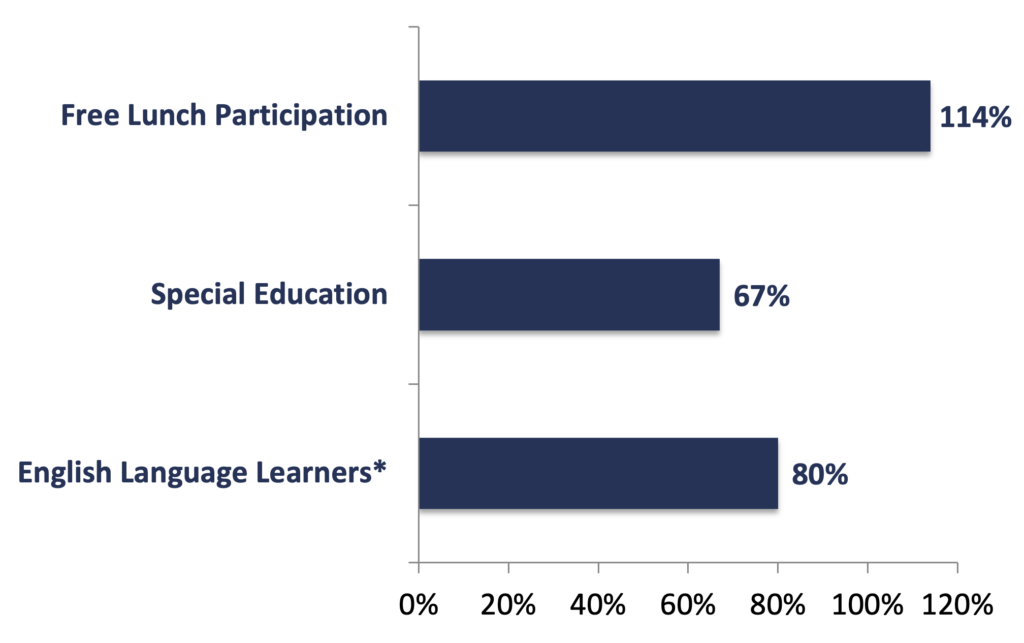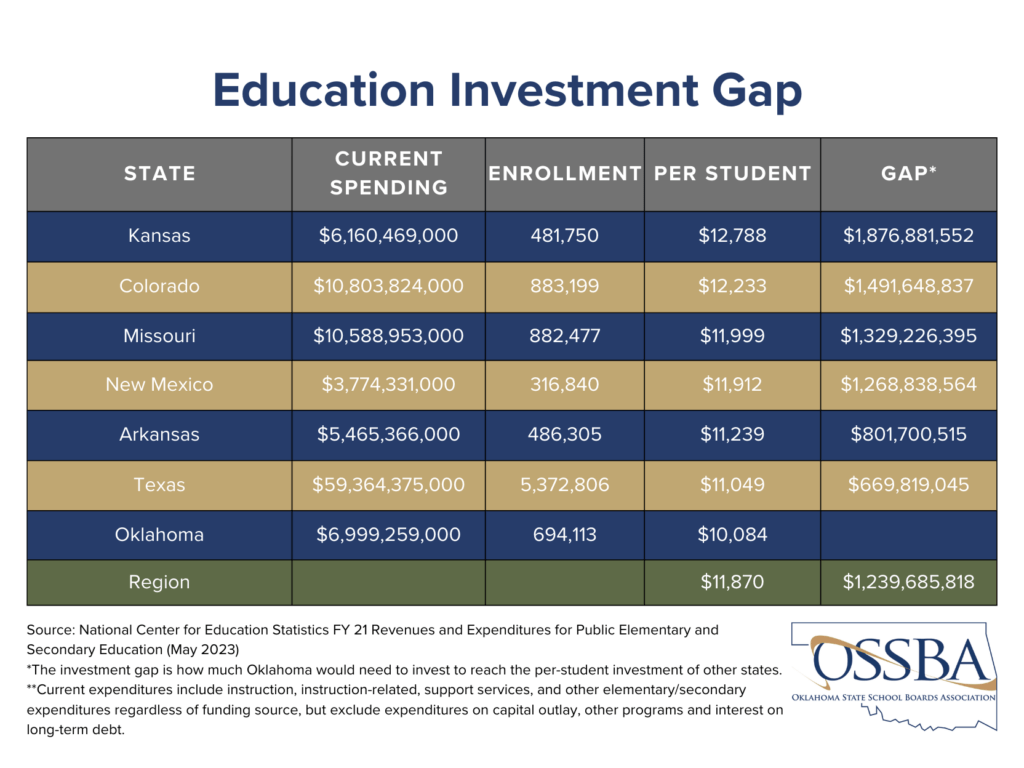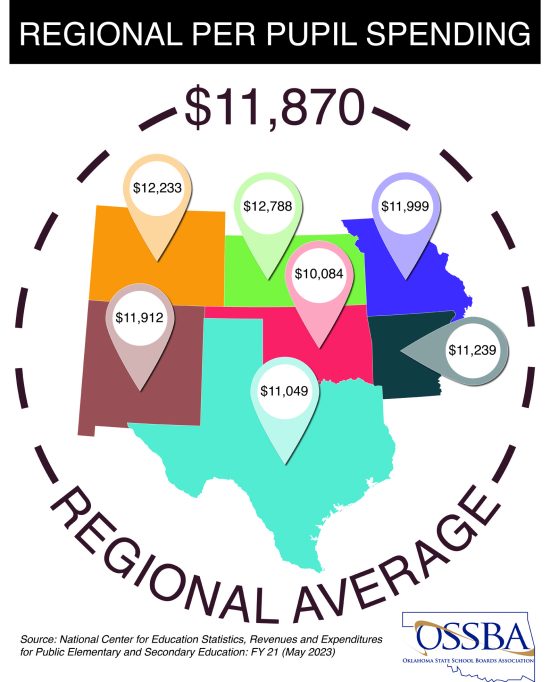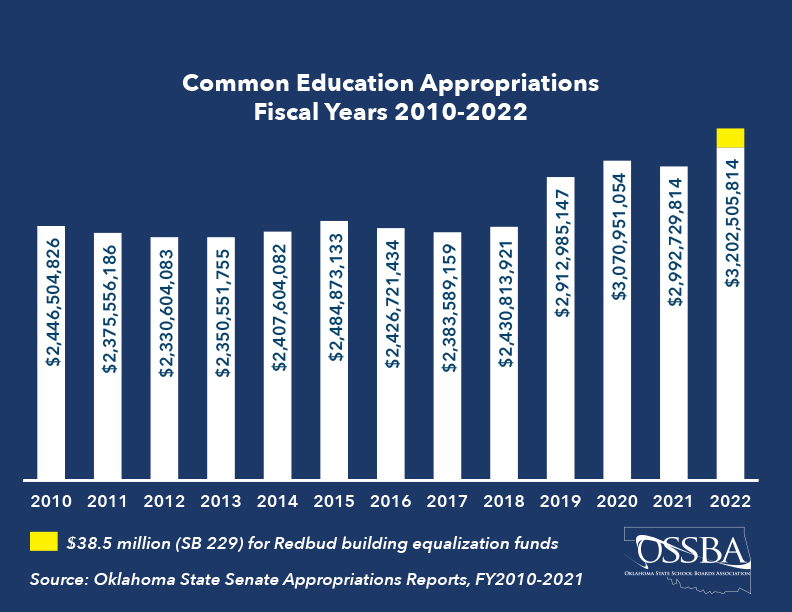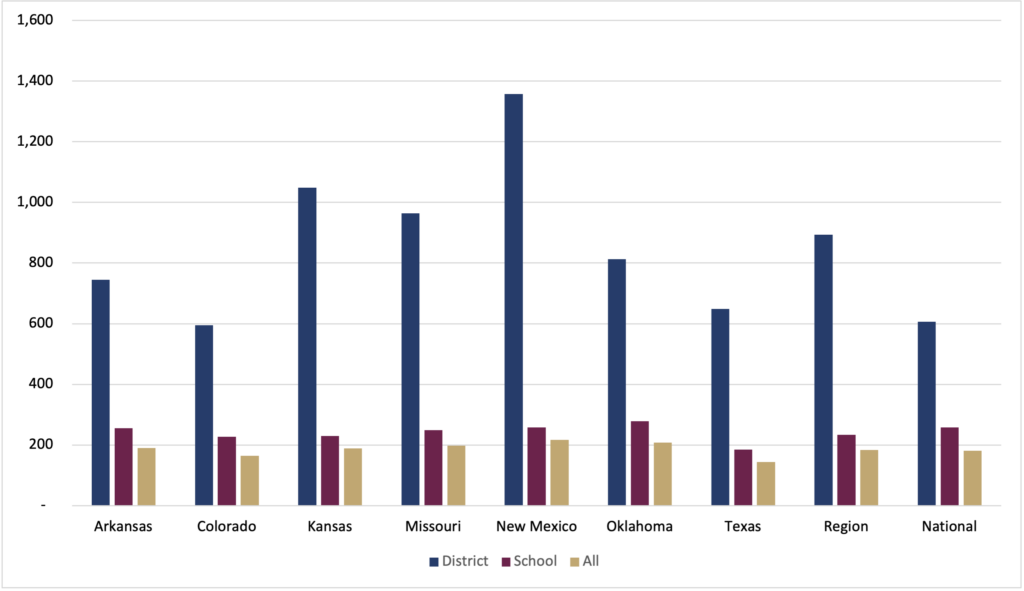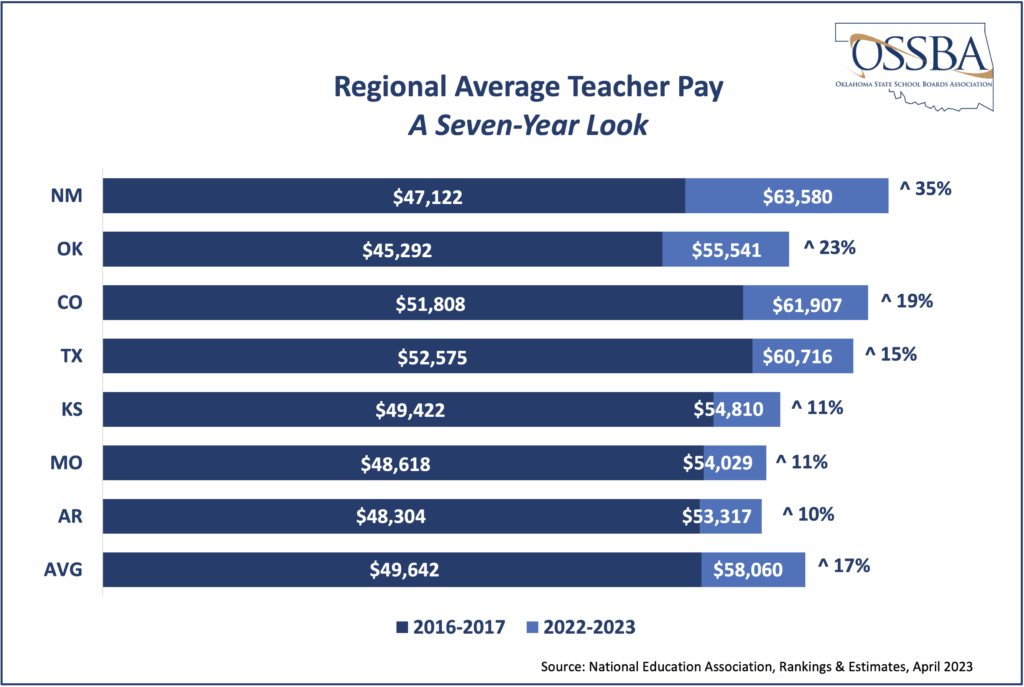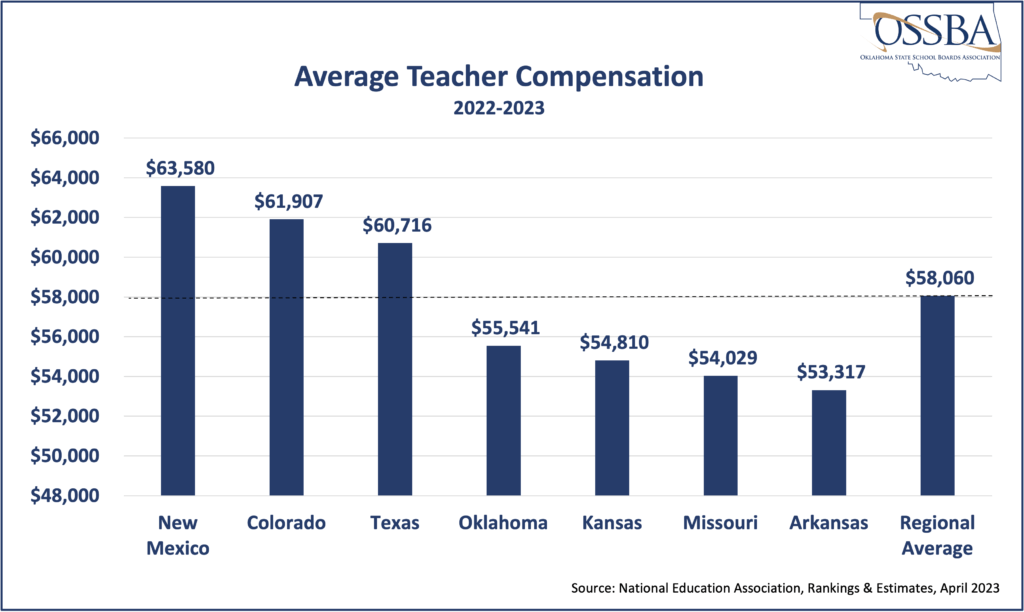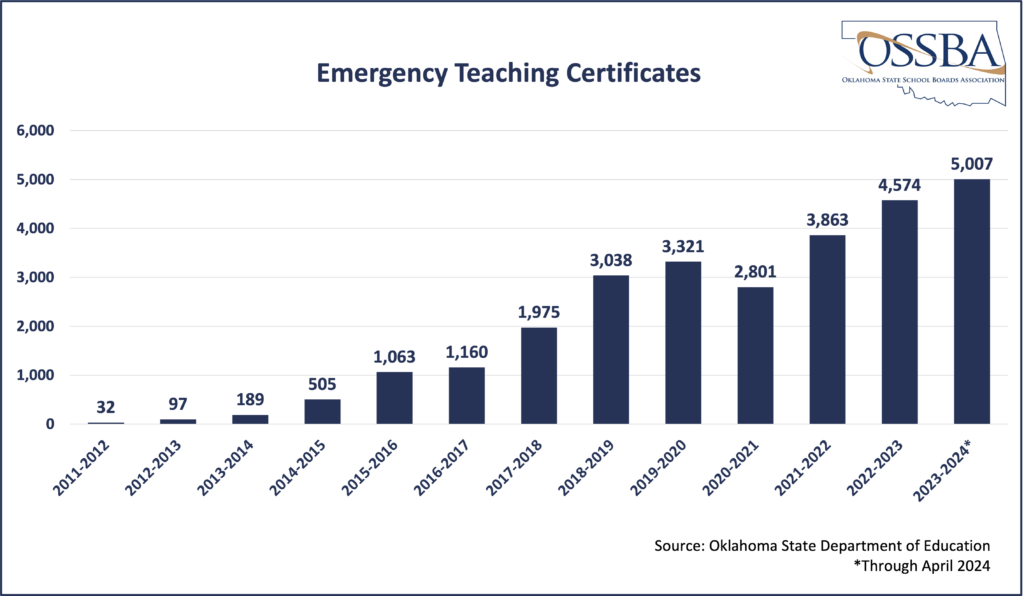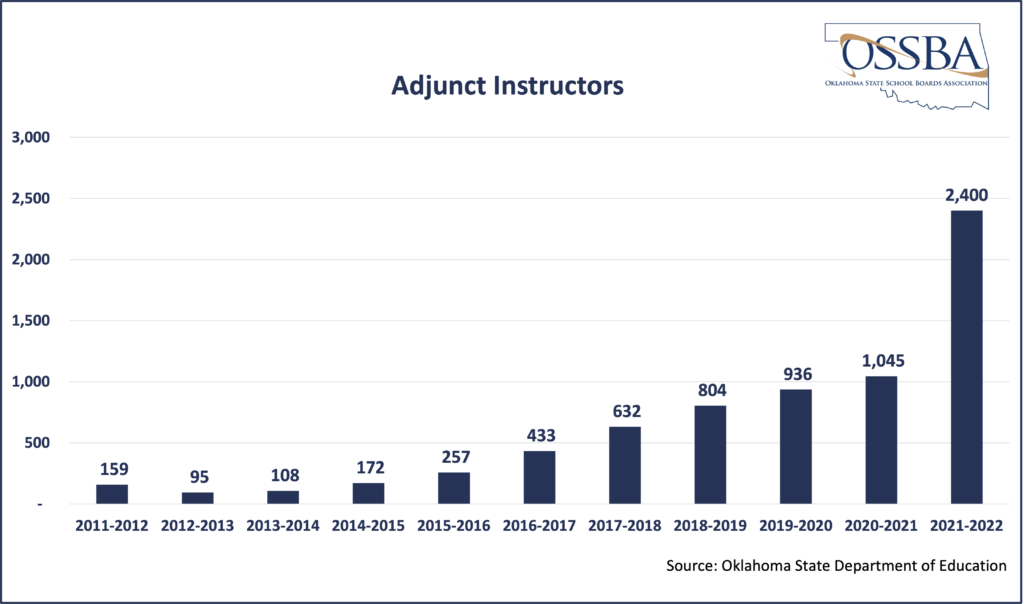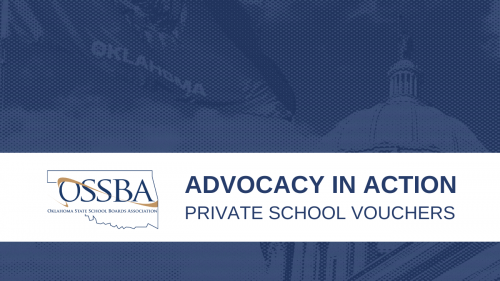There’s no shortage of information and data about public education in Oklahoma. Please use the information on this page as a resource for important conversations about public education. If you’d like to see additional data added to this page, please contact Christy Watson.
Most of the data is from the National Center for Education Statistics or the state Education Department unless otherwise noted.
